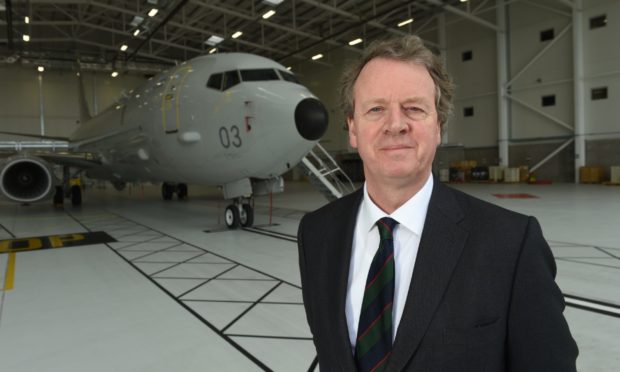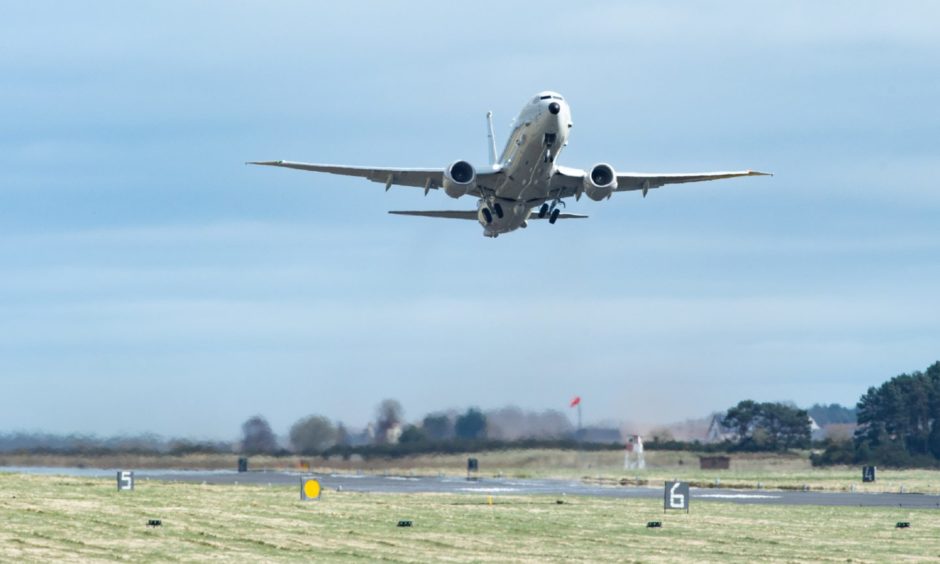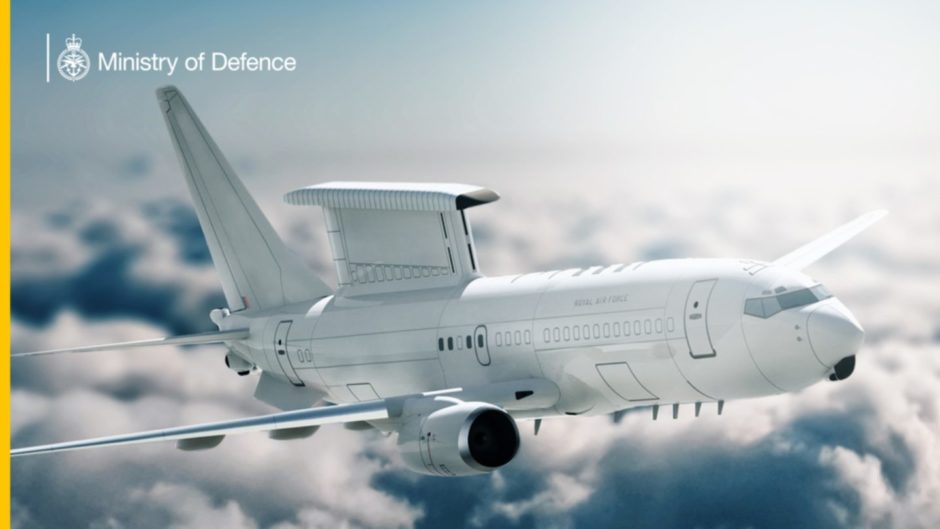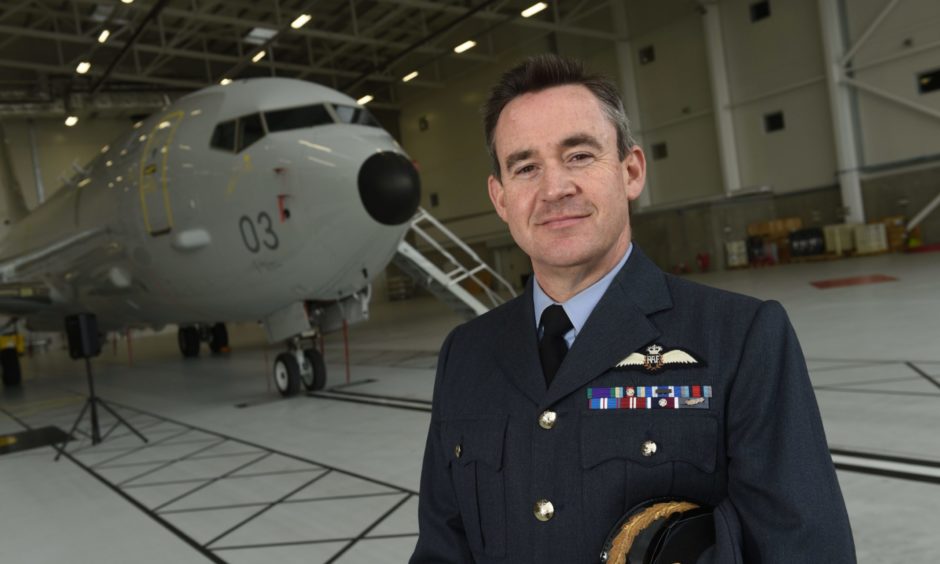Scottish Secretary Alister Jack believes a defence spending review will make the UK a “global science and technology superpower”.
The target size of the British Army is poised to be cut by 9,500 personnel to 72,500 by 2025, more than 100 aircraft will be axed and the number of frigates and destroyers will reduce from 19 to 17 as part of the overhaul.
Instead, the UK Government says investment will increase in robots, drones and the space sector to combat increasing virtual and cyber threats.
RAF Lossiemouth ‘critical’ to UK defence
Yesterday Mr Jack visited RAF Lossiemouth, describing the north-east base as “critical” to the country’s defence.
An extra 550 service personnel are due to arrive at the Moray station by 2024, with the Poseidon fleet due to be at full strength by the end of the year and three new Wedgetail aircraft due to land in 2023.
Mr Jack said RAF Lossiemouth played a key role in the UK’s defence, but stressed it was important the country was able to respond to “rapidly changing threats”.
We don’t view our approach to the armed forces and our commitment to Nato through a political magnifying glass.”
Alister Jack, Secretary of State for Scotland
He said: “From here we monitor the North Atlantic, not just what’s on it but also what is below the sea with the submarine hunters.
“It’s a very key strategic locations. It is critical – one of our most important air bases.
“Cyber attacks are a real threat to our national security. It is a constant and ongoing challenge with certain parts of Asia and eastern Europe.
“They are increasingly trying to undermine our country and there are many ways that can happen.
“We will build our cyber strengths and capabilities in the frontiers of cyberspace, emerging technology, data and space.”
Mr Jack stressed the reduction in Army numbers in the coming years would be undertaken “naturally”, without the need for redundancies.
And he stressed the investment being made by the UK Government in Scotland was not a ploy to turn voters against backing Scottish independence.
He said: “We don’t view our approach to the armed forces and our commitment to Nato through a political magnifying glass.
“We take our defence incredibly seriously, nothing gets in the way of that. It’s entirely on a needs basis, it’s about protecting the nation and Nato.”
Next generation of aircraft due to arrive at RAF Lossiemouth
Five Poseidon aircraft are already operating from RAF Lossiemouth to track Russian submarines alongside US Navy crews with the remaining four due to arrive by the end of the year.
Meanwhile, the new Wedgetail planes, which will replace E-3 Sentrys based in Lincolnshire, will track potential threats above the waves.
Chief of the Air Staff, Air Chief Marshal Sir Mike Wigston, said: “Many people will remember the role the Shackletons did from RAF Lossiemouth about 30 years ago, which was as an airborne radar and to detect long-distance threats.
“Technologies have moved on and we now have faster and smaller missiles.
“Wedgetail is a platform fit for the future battlespace, which will be complex, fast-moving and digitally enabled.”
Focus on educating north-east workforce to lead response to evolving threats
A £33 million aviation and aerospace college is due to be created at RAF Lossiemouth in the coming years as part of the Moray Growth Deal.
The project, which is being run with UHI, aims to create future workforces fit to spearhead the technology and equipment of the future.
Group Captain Chris Layden, RAF Lossiemouth’s station commander, said: “The creation of the academy isn’t just good for Moray, but it’s what the review speaks to.
“It’s about a need to get a strategic advantage by investing in science and technology.
“There are many advantages for having a workforce here that is already used to aviation, I think the importance is clear.”



